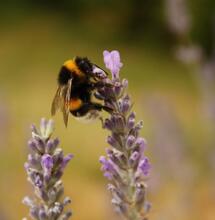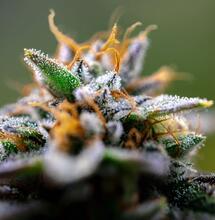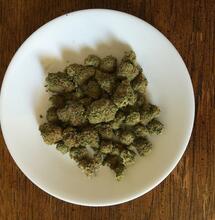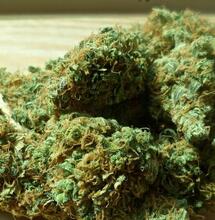Cannabinoids Versus Terpenes - Who Does What?
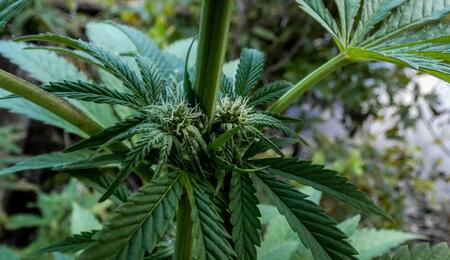
Cannabinoids and terpenes are two different types of naturally-occurring compounds found in cannabis plants. While cannabinoids engage with the body’s endocannabinoid system to deliver a range of therapeutic effects associated with cannabis, terpenes determine the olfactory profile of each cannabis strain. The presence of some terpenes may further enhance the specific effects from cannabinoids. Learn more about cannabinoids and terpenes and who does what in Cannabis.
What Are the Functions of Cannabinoids?
When we talk about Cannabis, it’s commonly said that plants contain hundreds of different chemical compounds that can be extracted from it, and that each may have varying properties and effects. Cannabinoids are the most abundant type: THC and CBD are most concentrated in the plant matter, therefore they are labeled as major cannabinoids, and are followed by a plethora of other minor cannabinoids like CBN, CBG, CBC, and this list goes on and on.
Cannabinoids deliver specific medicinal effects upon consumption of cannabis products. That is achieved through engaging the human body’s naturally-present endocannabinoid system, which consists of two main types of receptors - CB1 and CB2. CB1 are mostly located in the central nervous system, and CB2, which are part of the peripheral nervous system, include immune cells.
This interaction between the cannabinoids and CB1/CB2 is what produces a range of effects seen with cannabis. Quintessential is the mind-altering effect produced from the intake of THC. Feelings of euphoria or ‘high’ are unlocked as THC activates CB1 receptors found in the brain. However, depending on the cannabinoid, or the combination of multiple cannabinoids, anything can be impacted: sleep, appetite, body temperature, balance and coordination, the rate of the heartbeat, etc.
Medicinal uses of cannabinoids may target specific disease symptoms. For example, CBD can counteract epileptic seizures. Copious amounts of THC will alleviate sensations of pain. And so on and so forth. In a nutshell, cannabinoids are largely responsible for the effect delivered by cannabis.
What Are the Functions of Terpenes?
Terpenes or isoprenoids as they are also known, are one of the most diverse groups of compounds found in nature, mostly in plants, but also in some animals. These compounds are what determine smell, taste and in some cases also pigment. Cannabis strains share pretty much the same terpenes with many common and familiar plants, trees and fruits, such as hops, grass, pine, lemon, etc.
By making up to 65 percent of the total terpene profile in certain strains, one of the most common terpenes in cannabis is myrcene. Myrcene terps are characterized by an earthy, musky aroma, with a hint of cloves. Which is why many marijuana strains also bear strong earthy, musky odor that cannot escape your nose.
Another example is limonene, a terpene commonly found in the peel of citrusy fruits. When you stumble upon strain information that says the strain has citrusy flavor and smell, it probably does contain a more significant amount of limonene as well.
Terpenes May Reinforce Effect of Cannabinoids
While scent and taste is the primary function of terpenes, these aromatic compounds can also do other things. Some terpenes are manufactured into medicines, while others are added into food additives.
Specifically for cannabis, terpenes might act as therapeutic agents as well. For example, Limonene is noted for its anti-microbial and potential anticancer properties. Myrcene is known to have a role in the entourage effect, which is the process where the various compounds of cannabis work together to act more powerfully. In other words, strains with higher myrcene content may enhance the effects of THC, producing stronger and longer-lasting high.
That terpenes may reinforce cannabinoids is also subject of interesting research. It has been shown that the combination of some terpenes with THC considerably increases the activity around CB1 receptors, as opposed to THC alone. The greater the concentration of terpenes in the cannabis flower, the more enhancive it may act on the cannabinoid content.
More from Soft Secrets on this topic:




